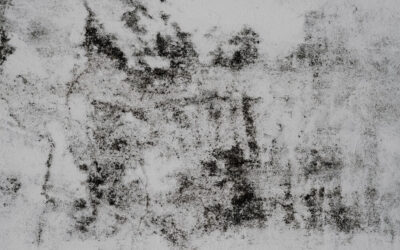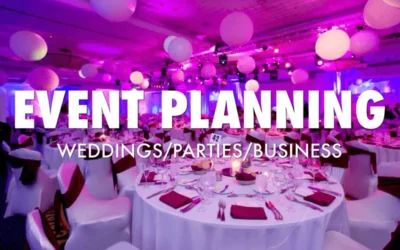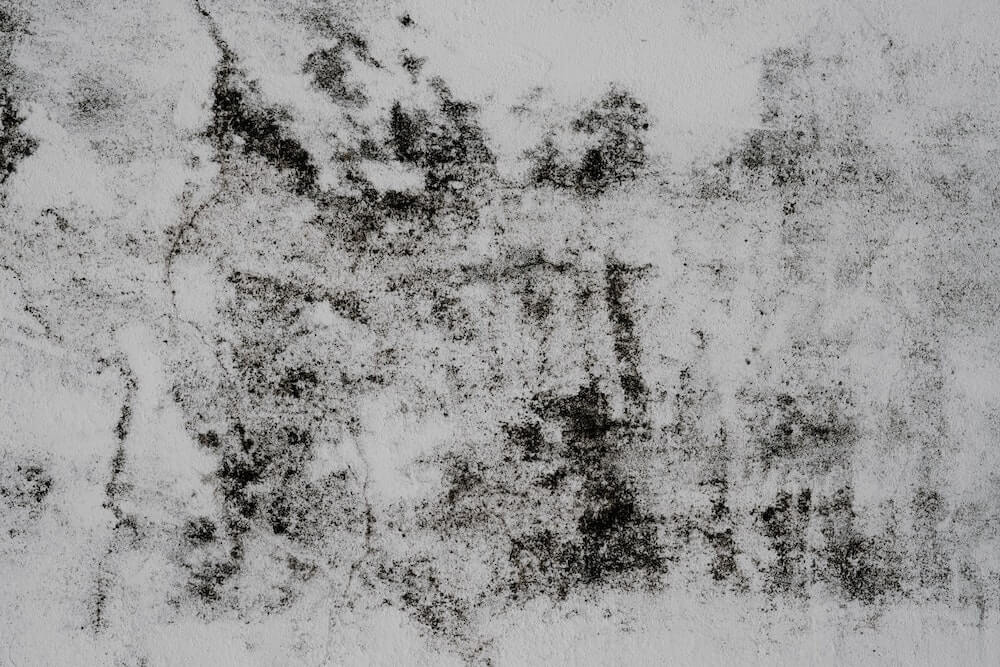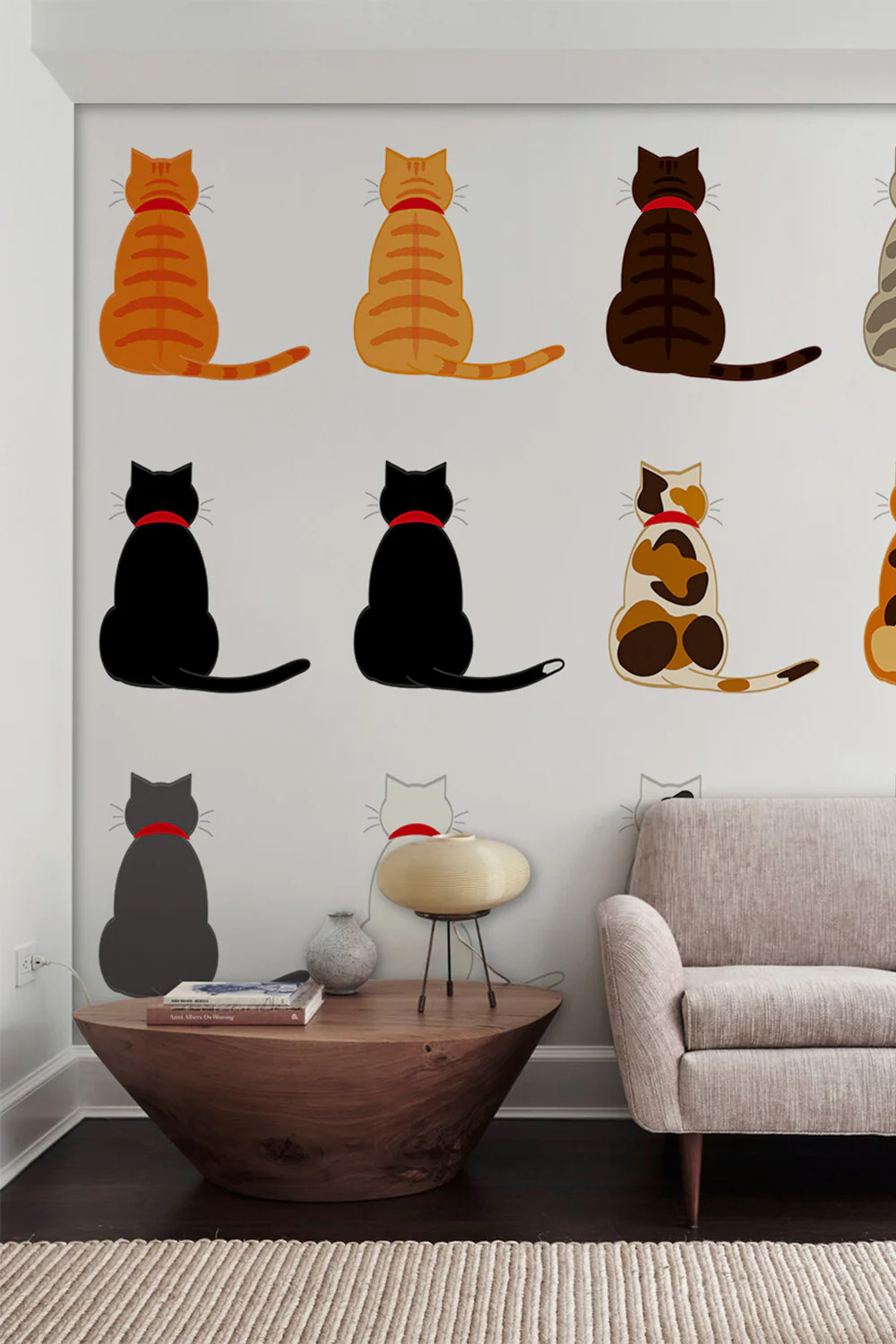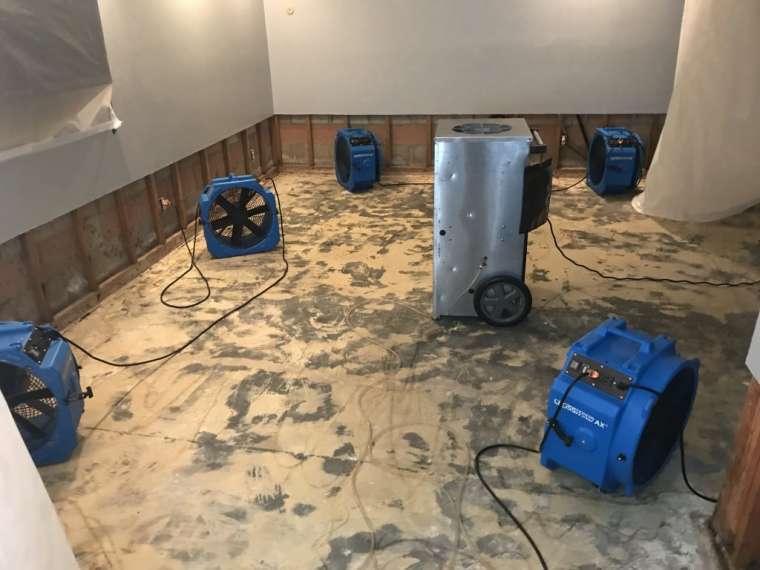How to Incorporate Wood Components into Open Shelving Designs
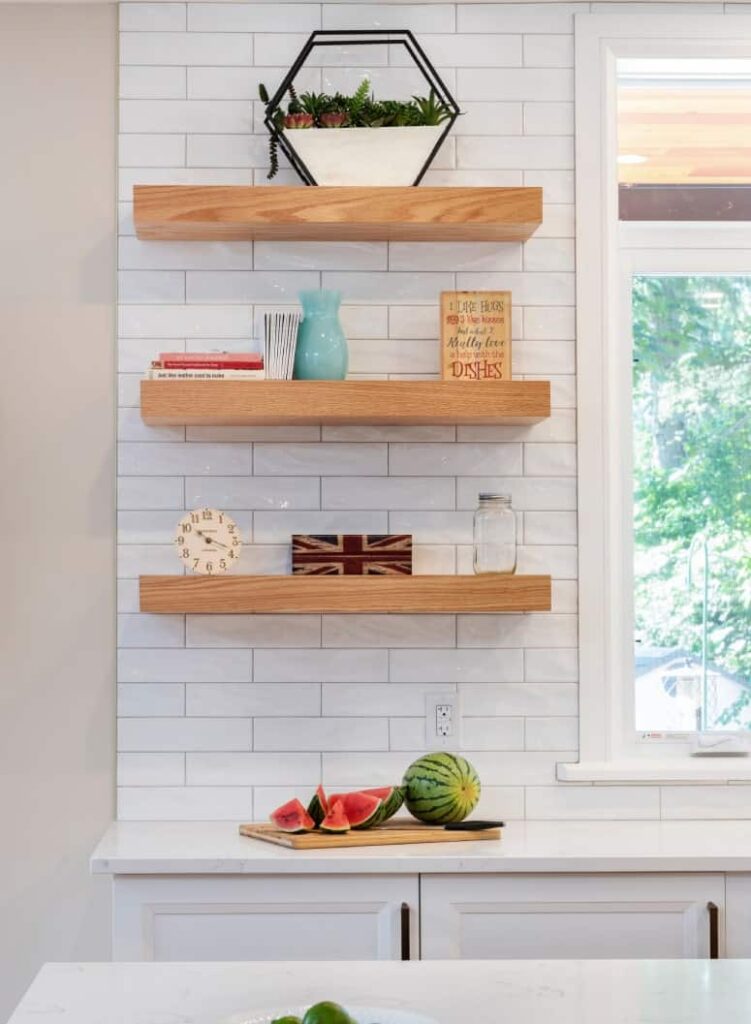
Incorporating wood components into open shelving designs can instantly transform a space, adding warmth, character, and a touch of nature. Open shelving is a versatile and stylish storage solution that blends functionality with aesthetics, making it perfect for kitchens, living rooms, bathrooms, or any space where you want to showcase your décor. Here’s how to effectively incorporate wood components into your open shelving designs for a cohesive and attractive look.
1. Choosing the Right Wood Type
The first step in incorporating wood into your open shelving is selecting the right type of wood. Different wood types offer varying colors, grains, and textures, so consider the overall theme and feel of your space:
- Oak: A strong and durable option with a prominent grain, oak adds a classic and timeless look.
- Pine: A softer, lighter wood that’s budget-friendly and works well for a rustic or farmhouse style.
- Walnut: Known for its rich, dark brown color, walnut brings a luxurious and modern touch.
- Maple: A light-colored wood with a smooth grain, perfect for minimalist or Scandinavian designs.
- Reclaimed Wood: Ideal for adding character and a sense of history, reclaimed wood is an eco-friendly choice with a unique, weathered appearance.
Tip: Consider using a mix of wood types for a more dynamic and layered look. For example, combining oak shelves with walnut brackets can create visual interest.
2. Incorporating Different Wood Finishes
The finish of your wood components can significantly impact the overall look of your open shelving. Some popular finishes include:
- Natural Finish: This finish highlights the wood’s natural grain and color, giving the shelves an organic and rustic feel.
- Stained Finish: A stain can darken the wood, allowing you to match the shelving with other elements in your room, such as furniture or flooring.
- Painted Finish: Painted wood components can add a pop of color to your shelving. Consider neutral tones like white, black, or gray for a modern look, or go bold with vibrant shades to create a focal point.
- Distressed Finish: Perfect for a shabby chic or vintage-inspired look, a distressed finish gives the wood a weathered appearance, adding character and charm.
Tip: Use a matte or satin finish to maintain a natural appearance, or opt for a glossy finish for a more polished and contemporary look.
3. Mixing Wood with Metal Components
Combining wood with metal elements can elevate your open shelving design and add a touch of industrial flair. Consider the following ways to blend these materials:
- Metal Brackets: Pairing wooden shelves with metal brackets creates a sturdy and stylish contrast. Black, brass, or copper brackets work well with most wood types, providing a sleek and modern touch.
- Metal Piping: Use metal piping as supports for your wooden shelves for an industrial vibe. This combination is particularly popular in kitchen shelving and home office setups.
- Wire Mesh Baskets: Incorporate wire mesh baskets or containers on your wooden shelves for additional storage and an industrial look.
Tip: Keep the metal finish consistent throughout the shelving design for a cohesive and harmonious appearance.
4. Integrating Floating Shelves for a Sleek Look
Floating shelves are a popular choice for open shelving designs, as they provide a clean and minimalist appearance without visible brackets or supports. Incorporating wood floating shelves offers several benefits:
- Seamless Integration: Floating shelves blend effortlessly with any décor style, from modern to rustic.
- Highlighting the Wood Grain: The absence of brackets allows the natural beauty of the wood to take center stage.
- Versatility: Use floating shelves in kitchens, living rooms, bathrooms, or bedrooms to display decorative items, kitchen essentials, or personal collections.
Tip: To ensure stability, choose high-quality wall anchors and mounting hardware that can support the weight of the wooden shelves and their contents.
5. Layering and Staggering Wood Shelves
For a more dynamic and visually appealing design, consider layering or staggering your wood shelves:
- Layering: Install shelves at different depths to create a sense of depth and dimension. This technique works well in living rooms or kitchens, where you can display various items at different levels.
- Staggering: Arrange the shelves at varying heights to break up the monotony and add visual interest. This approach is ideal for showcasing decorative items, books, or plants.
Tip: Maintain a consistent distance between shelves to ensure a balanced and harmonious look.
6. Combining Wood Shelves with Other Materials
Integrating wood shelves with other materials can add texture and contrast to your open shelving design. Some options include:
- Glass: Pair wooden shelves with glass elements to create a light and airy feel, perfect for smaller spaces or contemporary designs.
- Stone: Combine wood with stone or marble countertops for a luxurious and elegant look, especially in kitchens or bathrooms.
- Ceramics: Display ceramic vases, plates, or jars on wooden shelves to introduce color and texture.
Tip: Stick to a cohesive color palette to ensure that the combination of materials feels intentional and unified.
7. Incorporating Wood Back Panels
For an added touch of elegance and warmth, consider installing a wood back panel behind your open shelves. This creates a beautiful backdrop for your displayed items and enhances the overall design. Choose a wood finish that complements the shelves for a cohesive look or opt for a contrasting finish to create visual interest.
Tip: Wood back panels work particularly well in kitchens and living rooms, where they can add depth and texture to the wall.
8. Personalizing with Decorative Elements
Make your open shelving truly your own by adding decorative elements that enhance the wood’s natural beauty:
- Plants: Place potted plants or succulents on your shelves to add a touch of greenery and life.
- Books: Use books as both functional and decorative items, with the spines adding color and personality.
- Artwork: Lean small framed pieces of artwork or photographs against the wall for a curated look.
- Ceramics and Glassware: Display decorative ceramics, glass jars, or vases for added texture and interest.
Tip: Arrange items in groups of odd numbers (e.g., three or five) to create a balanced and visually appealing display.
9. Maintaining the Shelving Design
To ensure your wooden open shelving design remains attractive and functional, regular maintenance is essential:
- Dust Regularly: Use a soft cloth to dust the shelves frequently, especially in kitchens where grease and grime can accumulate.
- Avoid Overloading: Prevent sagging or damage by not overloading the shelves with heavy items. Be mindful of the weight limit and distribute items evenly.
- Use Coasters and Liners: Protect the wood from water stains, scratches, or spills by using coasters, liners, or placemats.
Final Thoughts
Incorporating wood components into open shelving designs can enhance the aesthetics of any space, providing warmth, versatility, and a timeless appeal. Whether you prefer a rustic, modern, or eclectic look, wood shelving can be customized to suit your style. By choosing the right wood type, mixing materials, and adding personal touches, you can create a functional and visually stunning open shelving design that complements your home’s décor.
SEE ALSO: The Best Materials for Shelving and Drawer Sides: Wood, Metal, and Beyond


